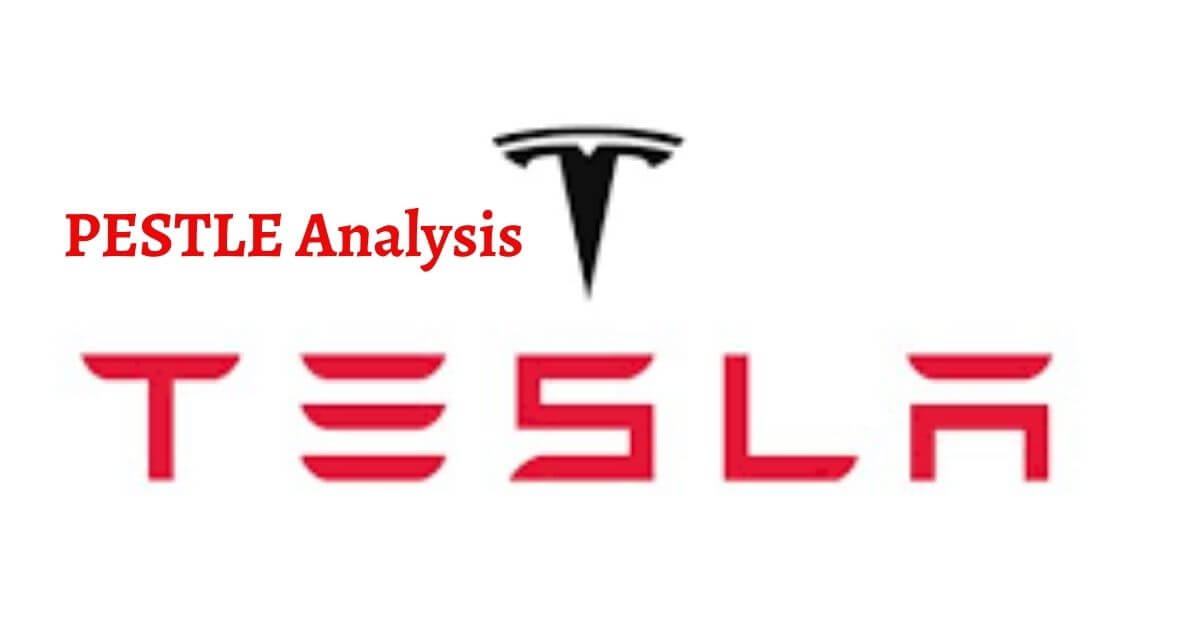Pestle analysis of Uber technologies Inc. Uber is an American multinational transportation service providing and ride-sharing company. Garrett Camp and Travis Kalanick are the founders of Uber and they established the company in March 2009. The headquarter of the company is situated in San Francisco, California.
Some of the major products and services of the brand are UberXL, Postmates, UberPlus, UberSUV, motorized scooter, UberPool, Electric bicycle, UberBlack, Freight Transportation, UberSelect, Courier, UberX, Package Delivery, and Uber Eats.
According to a financial report by MactroTrends, Uber’s annual revenue was 8.913 billion dollars by the end of 2020 and is reduced by 31.71%. Out of which the net income of the brand was -5.800 billion US dollars, and it has decreased by 30.1%.
According to an estimate, Uber is offering transportation and ride-sharing service in 69 countries and more than 900 metropolitan cities worldwide. Approximately 78 million people were active users of Uber at the beginning of 2020. The US market share of the ride-sharing and transportation company is roundabout 67%.
Uber has employed 26900 employees to look after various operations of the company worldwide. Some of the prominent competitors of Uber are Curd, Ola Cabs, Grab, Lyft, and Didi Chuxing.
Careem, Postmates, Uber Eats, and Zomato are the subsidiaries and sub-brands of Uber.
Today we’ll study the pestle analysis of Uber. Here we’ll focus on the macro-environmental factors that impact the transportation business of Uber. If you want to learn about the internal factors of the ride-sharing company, check out the swot analysis of Uber. Here’s the pestle analysis of Uber as follows;
Political Factors Impacting Uber
Concerns on the Sharing Economy
Many government officials and politicians have concerns about the ride-sharing company and the shared economy as a whole. The growing popularity of Uber is jeopardizing the function and the business of conventional taxi services. That’s why they disapprove of the growth of the ride-sharing business for various reasons.
Permit Regulation Controversy
The rules and regulations of Uber aren’t clear. That’s why it has many controversies in different political circles. For instance, if any Uber vehicle has an accident, then who would you blame and claim the insurance? The driver or the company, it isn’t clear whether the drivers are the partners or the employees of the company.
Many political think tanks and legislators, want to introduce separate regulations for ride-sharing companies.
Government Scrutiny
The unclear position of the drivers has brought the lawsuit in California and other countries as well. For instance, the South African government confiscated the cars of Uber for not having a taxi permit. The same thing happened in the Netherlands and Portland. The French government filed a lawsuit against Uber for its advertisement campaign.
Wage Laws
Many politicians are considering introducing wage laws in the ride-sharing industry. The goal is to bring Uber under government regulations because following the wage laws is a weak area of the brand. In other words, the officials want Uber to acquire commercial from the government.
Economical Factors Affecting Uber
Sharing Economy
Uber follows the concept of a sharing economy and sharing intellectual resources and physical resources. The company has provided many job opportunities for drivers. Its popularity has increased over time. Uber has faced many bans and restrictions in the beginning.
The debate on Uber’s taxi is still going on. It’s because the brand has decreased the demand for conventional taxis. It has raised very importance whether the sharing economy is taking away jobs or it’s creating them.
Economical Prices
The reason behind the popularity of Uber is its quick service and cheaper prices. As a result, conventional taxi drivers have also reduced their prices to stay in the market. It has become very challenging for traditional taxi drivers to offer a cheaper price and better service.
Economic Recession
The global economy is going through a period of recession due to the economic crisis. The whole year of 2020 was very bad for the transportation industry because of the lockdown, social distancing, and shutdown of the business. That’s why the annual revenue and net income of Uber have dropped by 31.71% and 30.1% respectively in 2020.
Expensive Living Cost
The cost of living has increased in the US and worldwide for middle-income families. The higher cost of living has made to reduce their expenses, especially in terms of getting rid of personal vehicles. It has increased the ride-sharing trend and the popularity of Uber.
The brand has provided them an alternative economical way to the ordinary middle-class people. In other words, there’s a higher growth opportunity for Uber.
Social Factors Affecting Uber
Popular Ride
The usage of the smartphone has been increasing in recent years. People feel comfortable and convenient to hire a cab online rather than waiting on the road. That’s how the popularity of Uber has increased. Most importantly, people are comfortable with the transportation ride-sharing service of the brand.
The mobile application of Uber allows users to select their destination without explaining to the drivers about the location. The prices of Uber are lower than the traditional taxis.
Social Media Campaigns
Along with referral and word-of-mouth marketing, Uber also uses advertisements on different social media platforms like Facebook, Instagram, etc. It helps the brand to connect with the customers and increase user engagement. Uber is very active on social media and addresses customers’ complaints immediately.
Increasing Prices in Cities
Uber has increased its prices in the cities. It has made many drivers happy, but it’s not good for the customers. They didn’t like the increasing prices. The company has the advantage of providing quick service and availability. That’s why many customers tend to use the service of Uber.
Aging Population
According to a study, the aged population has been increasing for the past few years. It would continue to increase by 2030 and 2035. One in every five Americans would be above the age of 65 in 2030. The growing age population gives the possibility of a bright future for Uber. It’s because they would a transportation service to move.
Technological Factors Impacting Uber
Tech Innovation
Uber has a solid foundation in technology. Even the whole business of ride-sharing of the company relies on the innovation of technology. Any business can’t develop and grow without innovative tech in the 21st century. The company has successfully attached the technology with the ride-sharing service, and it has given a unique touch to the customers’ experience.
Advanced Features
Uber provides its users with some advanced features. Like they can estimate the cost of the whole ride through the mobile application, and they can pay for it either through cash or through the application. The driver also has the option to accept the trip or not.
Their application has also got some interesting features. Like pop-up messages, geo-location, and tracking the whole ride using the internet. Access to stable internet plays a major role in the functionality of Uber.
Self-Driving Technology
The world’s top tech companies like Apple and Google have invested billions of dollars in self-driving vehicles. They have launched autonomous vehicles and they’re providing transportation services in some cities. Automotive companies like Tesla and BMW have also added the feature of self-driving in their vehicles.
Uber isn’t behind in autonomous technology and the brand has also launched driverless vehicles and they’re providing transportation services. The customer market is also open to the idea of autonomous ride-sharing vehicles.
Legal Factors Impacting Uber
Minimum Wage Lawsuit
Uber is a multinational brand operating its business worldwide. Therefore, the transportation brand must follow certain rules and regulations of different countries. The company has legal issues with providing the minimum wages.
Approximately over 300,000 have filed a lawsuit against Uber claiming that they’re getting less than minimum wage from the company. The band agreed on a settlement.
Privacy Issues
Uber had a breach in its customer’s database back in 2014 and 2016. The data breach compromised the personal cell numbers and emails of more than 20 million American users. The European regulation imposed a penalty of 1.17 million dollars on Uber for the privacy breach that impacted 57 million users worldwide. The brand has to be very cautious about the customers’ data.
Drivers as Employees
The controllers of the state of California ordered Uber to consider its drivers as employees of the company in 2015. The French courts imposed heavy fines on Uber for unlawfully driving with no proper grants.
Environmental Factors Affecting Uber
Fuel Consumption
Uber provides transportation services. The cars and vehicles of Uber consume petrol, emit carbon, and pollute the air. It’s contrary to the company’s stand and commitment to the environment. There are no major studies that could link Uber cabs with environmental pollution.
Uber Green
Uber has also introduced a service by the name of Uber Green. It’s a great step for the company towards a sustainable environment. It would allow users to have a ride without polluting the environment.
Increasing Traffic
According to a study by Hill in 2018 Uber is monopolizing the ride-sharing market by putting more vehicles on the road. They’re increasing the traffic and carbon emission rate.
Conclusion: Uber PESTLE Analysis Example Company
After an in-depth study of the pestle analysis of Uber, we have realized that Uber has serious issues with the legal department. The company should make it clear that drivers are employees and partners. Uber should also launch more Green cabs to exploit an environmentally sustainable trend; while paying heed on the external political, economical, social, technological, legal, and environmental factors.

Ahsan Ali Shaw is an accomplished Business Writer, Analyst, and Public Speaker. Other than that, he’s a fun loving person.


